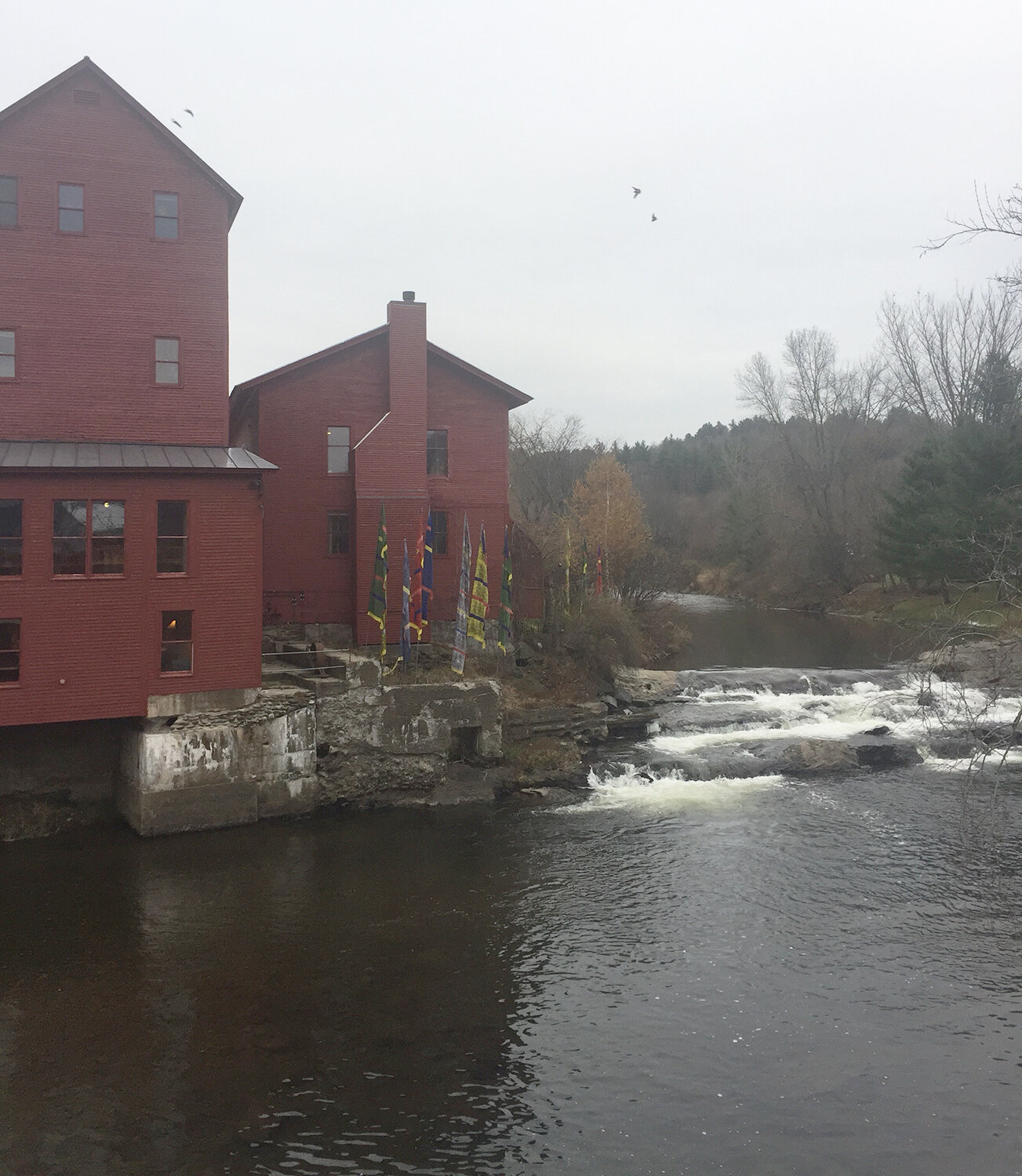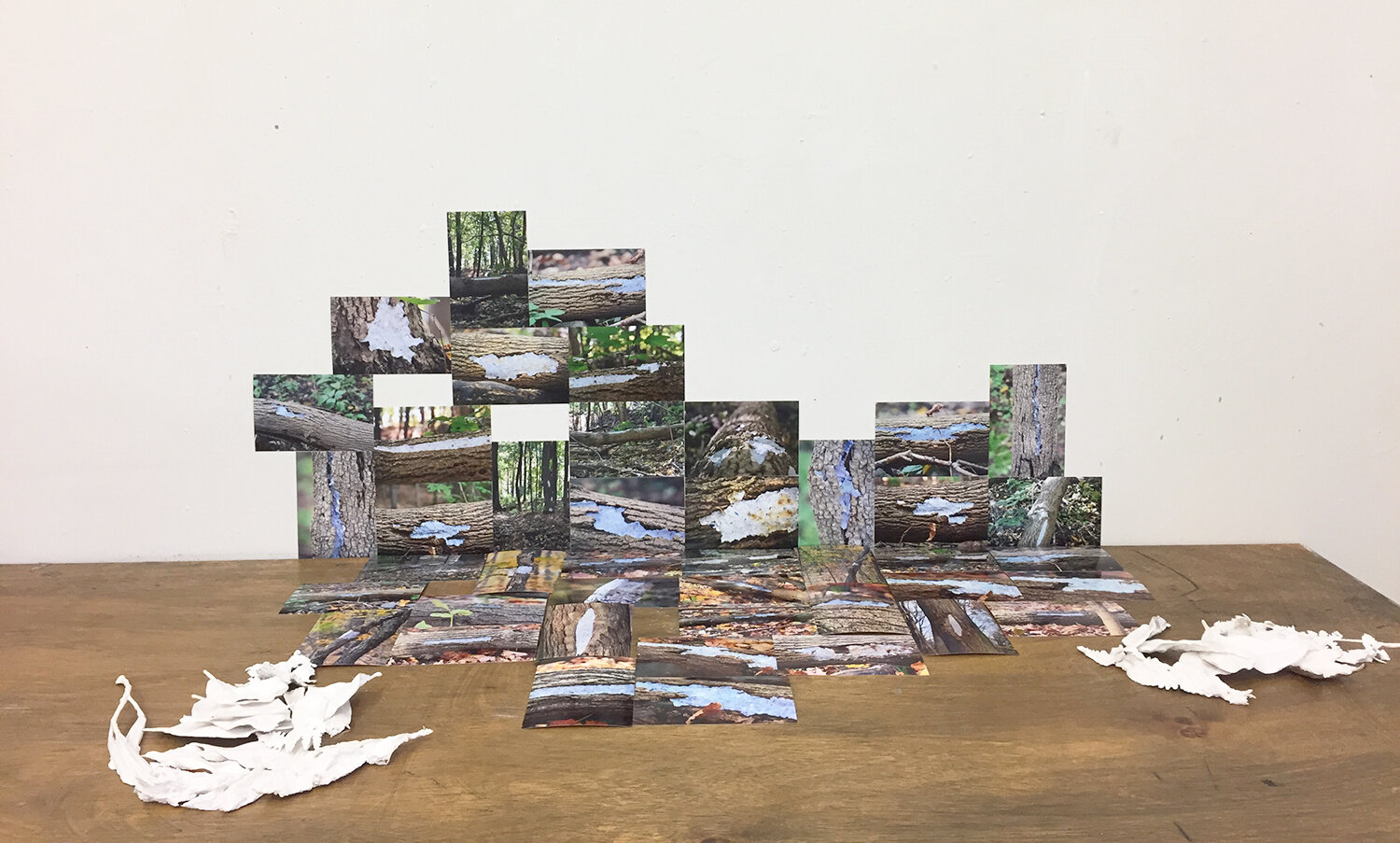Should I get my mfa? Is it worth getting an mfa? How do I feel about having an mfa? I will answer these questions in this blog post, so keep reading! If you are wondering if you should get your mfa, you will want to read this!
Should i get my mfa?
An mfa is a Master of Fine Arts degree; it is the next step for artists after they have pursued their Bachelor of Fine Arts or bfa.
To help you decide if you should get your mfa I think it helps to hear from other artists why they got their mfa.
Why I got my mFA
I got my mfa because I am someone who loves learning and researching. I would definitely consider myself a lifelong learner. I love reading, trying new things and exploring. As I was approaching the end of my bfa I knew that I had more that I wanted to learn and explore. I knew I wanted to be an artist and I knew I could grow and push myself as an artist by getting my mfa.
After my bfa I went to teacher’s college for a year long program and used that time to work on preparing my art portfolio for my mfa application. I did my mfa at Concordia university immediately after I was done with teacher's college. You can read more about my time at Concordia University -by clicking here.
During the end of my bfa is when I finally was doing less projects that the professors were instructing us and had more creative freedom to explore the type of art I wanted to make. Don’t get me wrong I was grateful for the art projects during my bfa as they really allowed me to explore new techniques, styles and media but once I discovered what I liked I wanted to make more.
In my bfa I had a lot of great professors that really pushed me and believed in me. They were quite excited when I told them I wanted to pursue an mfa. You can read more about my time of my bfa at Lakehead University by clicking here!
In summary, I wanted to do my mfa because I wasn’t done learning, I wanted to keep reading and researching, I wasn’t ready to start working, I wanted to continue to use this time to be a student. I knew that when I would start working full time or having a baby that it would be really difficult to balance my time and to make as much art as I wanted to make. I just wanted to take advantage of this time and make more art. I had a really strong vision about making art, exhibiting art and making my income from being a full time artist. You can read more about why I wanted to become an artist here!
So, should you take your mfa? That’s completely up to you. Keep in mind, that when you submit your portfolio for your mfa you will need a cohesive body of work. You will also need to write a clear letter of intent on what you plan to do while pursuing your mfa. If you need help with your mfa portfolio application - click the button below to check out one on one coaching with me where I can help you with your application and give you feedback!
If you need help with your bfa art portfolio - download my FREE guide with 10 tips for making your art portfolio stand out and get accepted!


















